38+ Sample Proposal Report
-
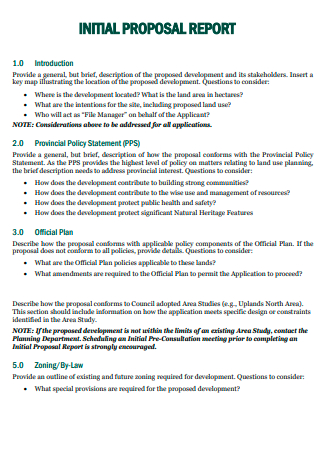
Initial Proposal Report
download now -
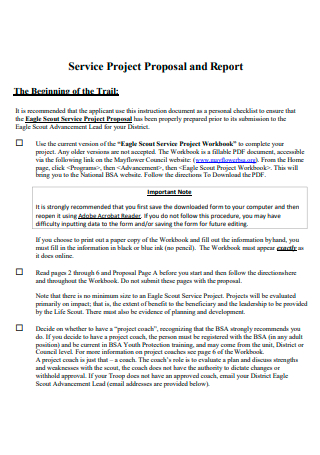
Service Project Proposal and Report
download now -
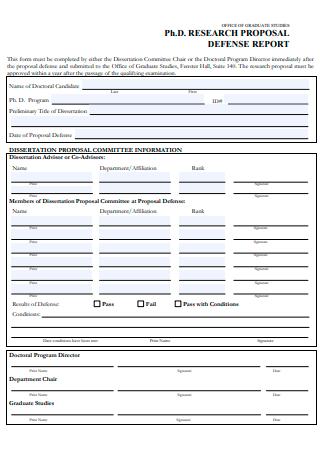
Research Proposal Defense Report
download now -
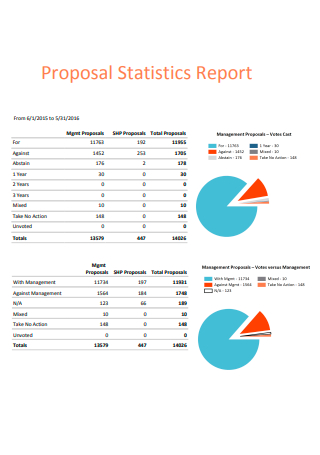
Proposal Statistics Report
download now -
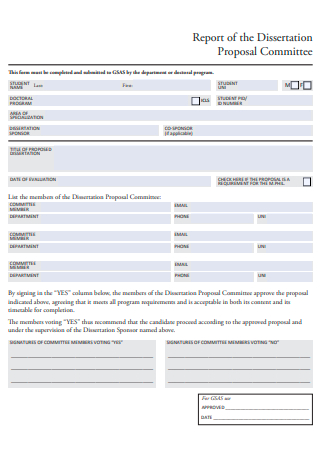
Proposal Committee Report of the Dissertation
download now -
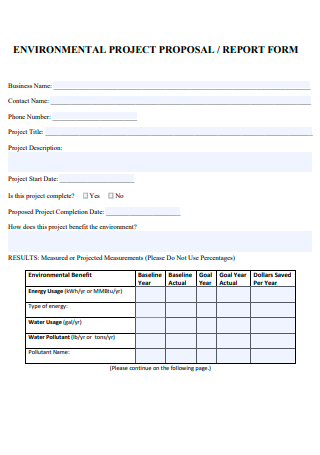
Environmental Project Proposal Report Form
download now -

Examination For Doctoral Proposal Report
download now -
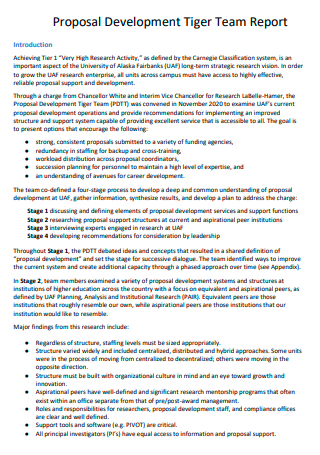
Proposal Development Team Report
download now -
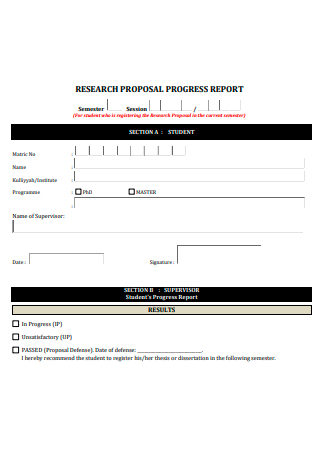
Research Proposal Progress Report
download now -
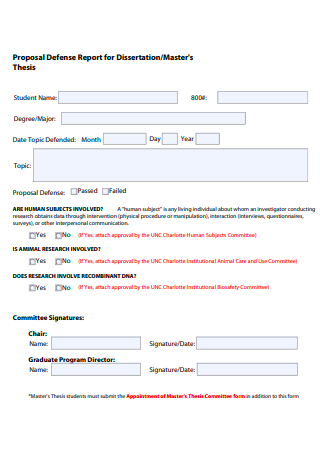
Proposal Defense Report For Dissertation
download now -
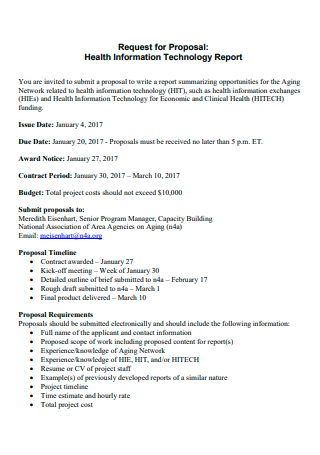
Proposal Health Information Technology Report
download now -
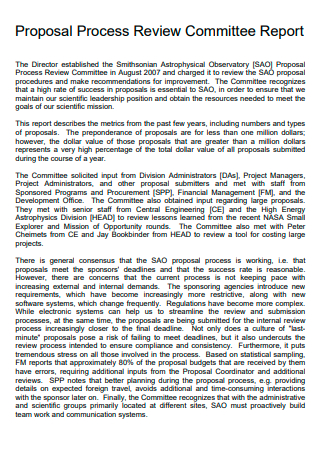
Proposal Process Review Committee Report
download now -
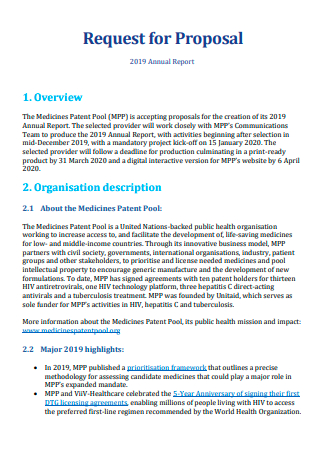
Request for Proposal Annual Report
download now -
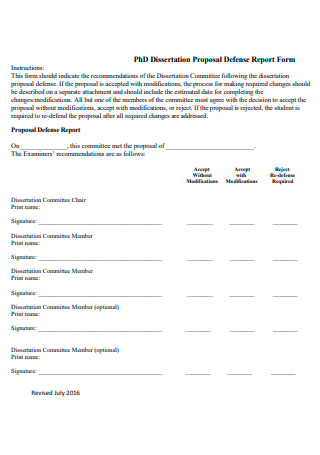
Dissertation Proposal Defense Report Form
download now -
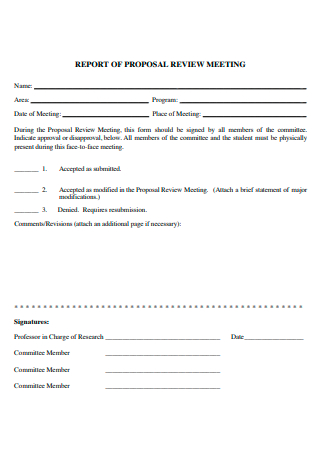
Proposal Review Meeting Report
download now -
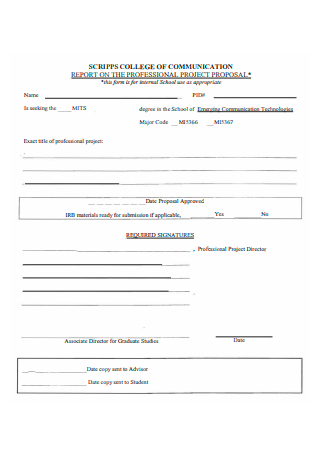
Professional Project Proposal Report
download now -
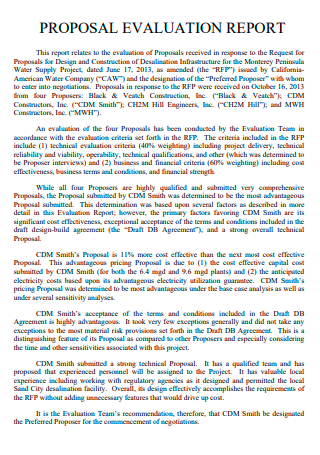
Proposal Evaluation Report
download now -

Transfer Proposal Report
download now -
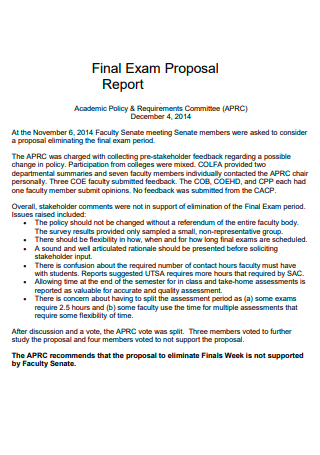
Final Exam Proposal Report
download now -
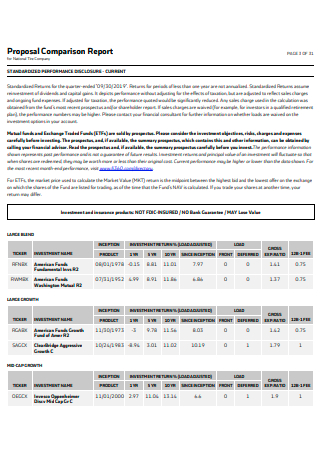
Proposal Comparison Report
download now -
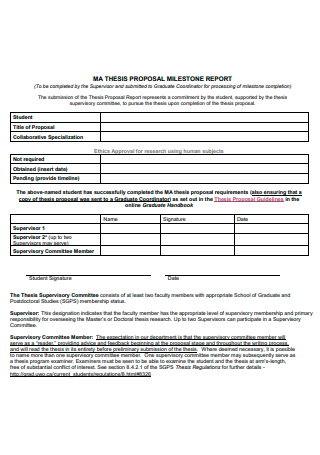
Thesis Proposal Report
download now -
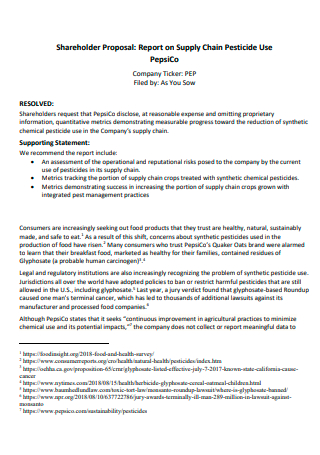
Shareholder Proposal Report
download now -

Proposal Trustee Report
download now -

Proposal For Appointment Report
download now -
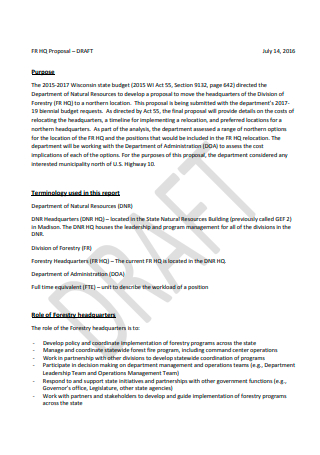
Draft Proposal Report
download now -
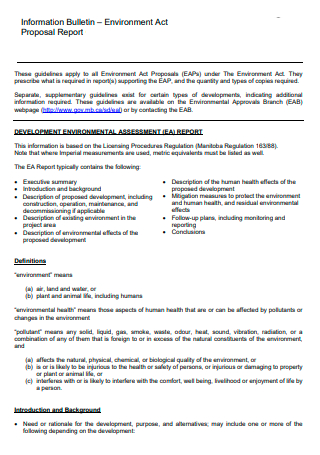
Environment Act Proposal Report
download now -
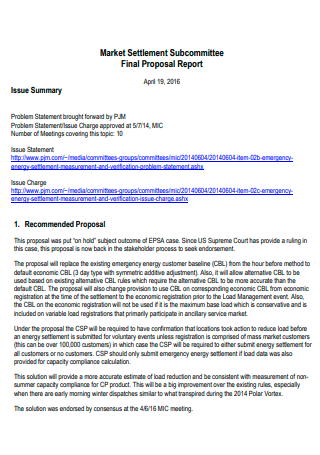
Final Proposal Report
download now -
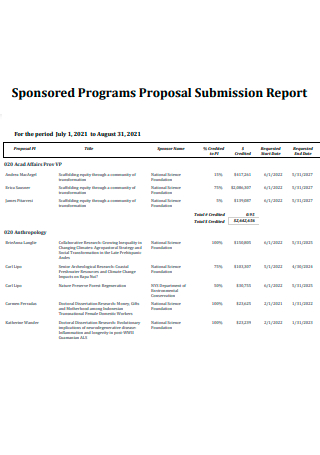
Sponsored Programs Proposal Submission Report
download now -

Proposal Advisory Committee Report of the Public Safety
download now -
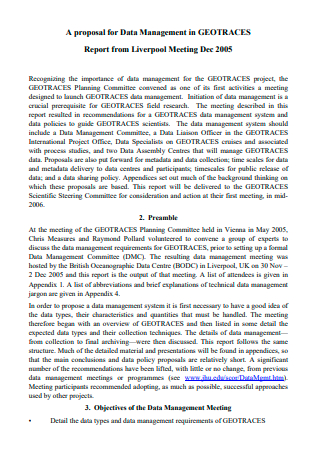
Proposal For Management Report
download now -
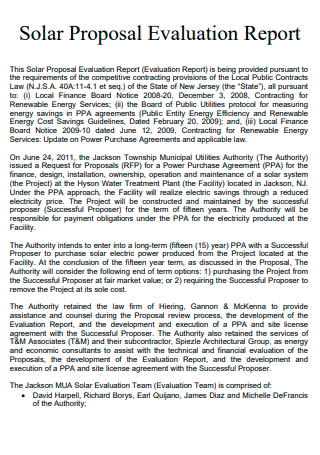
Solar Proposal Evaluation Report
download now -
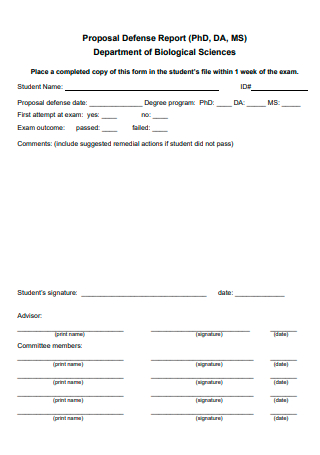
Proposal Defense Report
download now -
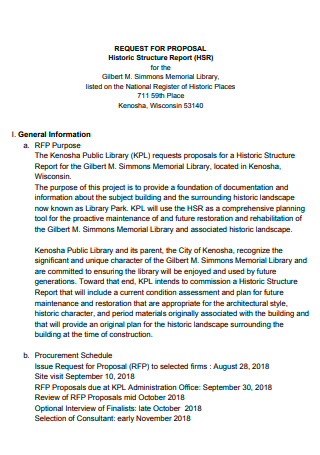
Request For Proposal Historic Structure Report
download now -
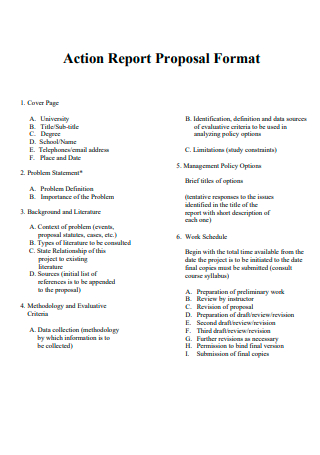
Proposal Action Report Format
download now -
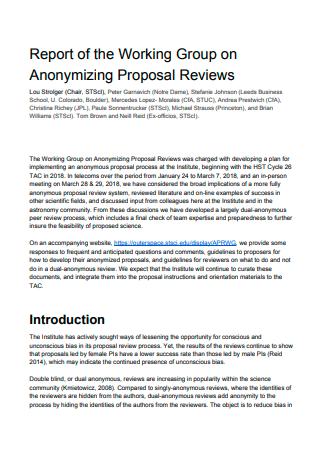
Proposal Reviews Report of Working Group
download now -

Final Consulting Project Proposal Recommendation Report
download now -
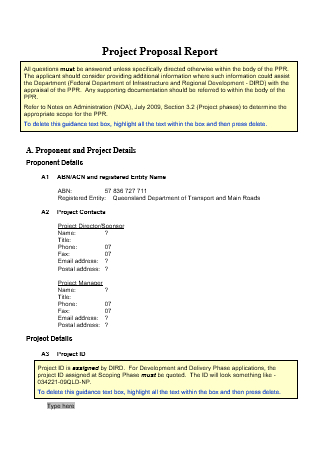
Project Proposal Report
download now -
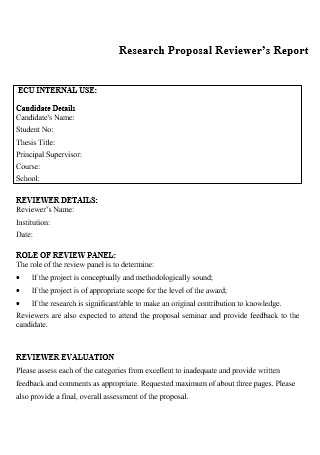
Research Proposal Reviewer Report
download now -
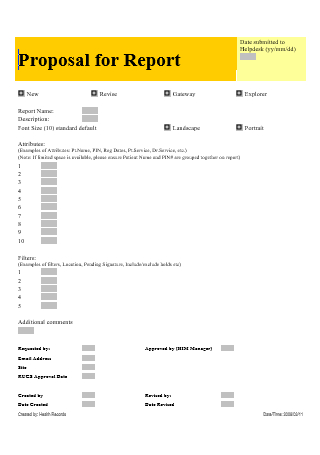
Proposal Report in DOC
download now
FREE Proposal Report s to Download
38+ Sample Proposal Report
a Proposal Report?
Benefits of Proposal Report Templates
Tips in Creating a Winning Proposal Report
How To Create a Business Proposal Report
FAQs
What constitutes a compelling proposal?
Is a title required for a proposal?
What is the definition of an actual business proposal?
What Is a Proposal Report?
A proposal report is a document that enables an author to suggest an idea or strategy for resolving a problem. This category comprises any suggestion that would aid in determining the primary issue. This could occur within a business or an organization. While the contents of a proposal report will vary, several portions will remain consistent. This part discusses the executive summary, techniques, and the project’s expected budget. In 2016, actual success rates of 24, 34% were achieved using the criterion, significantly higher than the stated success rate of 10, 88%(financed /eligible proposals).
Benefits of Proposal Report Templates
The average win rate for a request for proposals is somewhat less than 5%, Quandora reports. This indicates that only one out of every twenty proposals is successful.” With this rate in mind, you must ensure that your recommendations are prepared as perfectly as feasible. By using a proposal template, you may boost your chances of getting new business and ensure that your staff avoids responding inordinately long and providing useless information. Each word counts, which is why you should present a proposal that will make your organization proud. With this in mind, below are a few of its advantages.
Tips in Creating a Winning Proposal Report
While writing a solid proposal report can build the groundwork for a long-term commercial partnership, it can be difficult. It will help if you give a persuasive and straightforward idea without making it appear to be another sales pitch. There is more to proposal writing than simply writing. Before you can begin placing words on paper or screen, you must invest considerably more effort. The following tactics have been proved to assist you in writing an effective proposal.
1. Write Plainly and Briefly
In business writing, particularly in business proposals, it is customary to employ jargon, excessive language, and run-on sentences to demonstrate your intelligence. Avoid it. Keep it brief. Make your argument, and then move on. Always keep in mind that when assessors begin reading your proposal, they will have little or no understanding of what you are suggesting. Therefore you must describe the procedure step by step. To accomplish this, begin and work your way through each argument logically. Take a comprehensive view and then drill down.
2. Overcome Potential Obstacles and Present a Strong Case
At their heart, proposals are sales documents. Here, you showcase your business to its most significant advantage, ensuring that the prospective client finds you irresistible. How do you accomplish this? The ideal technique is to have the most persuasive evidence and arguments to back your claim. You should establish a theme and continually emphasize it. Also, it will help if you consider the readers’ perspective. Consider their probable counter-arguments and respond candidly to them. This is what establishes your credibility.
3. Avoid Standard Language and Correct Typographical Errors
Another guaranteed method to lose readers is to have your proposal appear to be a rehash of boilerplate data and text. It is appropriate to incorporate persuasive material from other sources but do so sparingly and subtly. The proposal should appear as if it were tailored specifically for this client. While you’re customizing the proposal, double-check the wording for mistakes to ensure it’s error-free.
4. Keep the Evaluator in Mind
Bear in mind that a proposal is a sales tool, and as Sales and Marketing 101 indicates, the focus should be on the benefits, not the features. Finally, discuss pricing after capturing your reader’s attention with concise writing, compelling arguments, supporting graphics, and a slew of perks. Once that is completed, you may enter for sale.
How To Create a Business Proposal Report
Before writing your business proposal, you must know the business you are writing. If they’ve sent you an RFP, thoroughly study it to ensure you know what they’re looking for. Also, an initial contact or meeting with the new customer can be beneficial to verify that you fully understand the problem they’re attempting to solve and their aims. After conducting research, you can begin creating your business proposal. While there is no one-size-fits-all strategy to developing a business proposal, let’s examine some of the components that recommendations frequently include.
-
Step 1 Begin by creating a title page.
Here, it will help if you give some fundamental facts. Make a brief introduction to yourself and your business. Include your name, your company’s name, the date the proposal was filed, and the client’s or individual’s name to whom the proposal is being submitted. Your title page should strike a balance between friendliness and professionalism. Because it sets the tone, you want to ensure that yours is streamlined, aesthetically pleasing, and not too “out there.”
-
Step 2 Create a table of contents.
A strong user experience is beneficial in practically any situation — and business proposals are no exception. It will help keep things as easy and accessible as feasible for the individuals on the receiving end of your proposal. This process begins with a table of contents. A Table Of Contents will inform your prospective client of the specific topics included in the business proposal. If you’re submitting your proposal electronically, it’s beneficial to have a clickable table of contents that directs readers to the various sections of your proposal.
-
Step 3 Indicate the issue or requirement.
This is the area in which you summarize the issue affecting the prospective client. It enables you to demonstrate that you have a firm grasp of their requirements and the problem they require assistance with. Research, critical thinking, and additional thought are necessary in this case. You must complete the assigned assignment. Consider the broader picture of the specific challenges your customer is encountering and how you may assist in resolving them. Then, phrase them persuasively in a way that positions you for the next step.
-
Step 4 Propose a solution and discuss your credentials.
This is where you provide a solution to the problem. As with the previous stage, you must emphasize specificity and personalization. Ascertain that your proposed solution is tailored to the client’s precise requirements; they understand you produced this proposal specifically for them. Inform them of the deliverables you intend to give, the methods you intend to employ, and the approximate timeframe they should expect them. Additionally, use this area to explain why you’re the most excellent candidate for the job. Include case studies illustrating client success and any applicable awards or accreditations that may help establish your authority.
-
Step 5 Include a price list and discuss your terms and conditions.
Pricing can be challenging, as you do not want to under-or over-price your goods. Include an optional fee table if you like to present the prospect with several pricing options based on their budget. Specific proposal software packages provide responsive pricing tables that enable clients to select the products or services they’re curious about, and the price will alter instantly. Additionally, this is the section where you outline the project’s timeline, pricing, and payment schedules. It is essentially a summary of the terms you and the client agree on if your proposal is accepted. Before sending the proposal to the customer, ensure that you have clarified the terms and conditions with your legal staff.
-
Step 6 Include a section for signatures to serve as proof of agreement.
Have a signature box for the client to sign and inform them of the specific terms they agree to when they sign. Also, this is an opportunity to include a request for the prospect to reach you if they have any unanswered queries that you can address.
FAQs
What constitutes a compelling proposal?
A well-written grant proposal is meticulously crafted, well-planned, and concisely delivered. Generally, the prospective applicant will endeavor to familiarize themself with all of the funding institution’s applicable program criteria.
Is a title required for a proposal?
A proposal’s title is just as important as the proposal itself, if not more so because it is what donors will see first when they begin reading it. A brief, direct, and beautiful title that conveys the essence of the proposal is what you should consider and write.
What is the definition of an actual business proposal?
A conventional business plan is a single document organized into parts for various elements, such as an organization’s description, market research, competitive analysis, sales strategies, capital and labor requirements, and financial statistics.
Writing proposals is something of a dark art. If done well, it’s essentially a license to print money; if done incorrectly, you’ll spend your entire life scratching and clawing your way to safety. It’s well worth investing in, as it’s a very scalable skill. Once you’ve mastered it, organize your approach and methods, the rest is easy. Finally, remember to maintain your integrity. It is preferable to over-promise and under-deliver.
